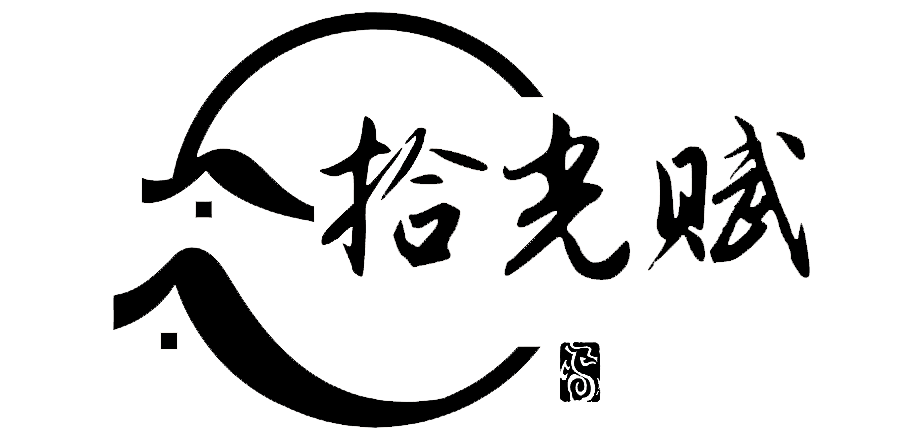The Python programming language, widely recognized for its ease of use and clarity, harbors two often-undervalued data structures within its core syntax: tuples and dictionaries. While frequently relegated to secondary roles in favor of more prominent data structures, these versatile tools offer a multitude of innovative applications capable of revolutionizing our problem-solving strategies in programming. Let’s examine three distinctive applications for each, complemented by concise programming examples that shed light on their true potential.
Tuples: The Immutable Guardians
1. Blockchain Data Integrity
In the burgeoning world of blockchain, data integrity is paramount. Tuples serve as the perfect vessel for block data, ensuring immutability once a block is forged.
# A simple block represented as a tupleblock = ('Block Hash', ['Transaction1', 'Transaction2'], 'Previous Hash')# Attempting to alter the block's data will raise an errortry:block[1].append('Transaction3')except TypeError as e:print(f"Error: {e}")# A simple block represented as a tuple block = ('Block Hash', ['Transaction1', 'Transaction2'], 'Previous Hash') # Attempting to alter the block's data will raise an error try: block[1].append('Transaction3') except TypeError as e: print(f"Error: {e}")# A simple block represented as a tuple block = ('Block Hash', ['Transaction1', 'Transaction2'], 'Previous Hash') # Attempting to alter the block's data will raise an error try: block[1].append('Transaction3') except TypeError as e: print(f"Error: {e}")
Enter fullscreen mode Exit fullscreen mode
2. IoT Sensor Data Aggregation
For IoT applications, sensor data must remain unaltered through various stages of processing. Tuples are the ideal choice for aggregating such data.
# Aggregating sensor data as tuplessensor_data = (1625235623, 'Temperature Sensor', 24.5)timestamp, sensor, value = sensor_dataprint(f"Sensor: {sensor}, Timestamp: {timestamp}, Value: {value}°C")# Aggregating sensor data as tuples sensor_data = (1625235623, 'Temperature Sensor', 24.5) timestamp, sensor, value = sensor_data print(f"Sensor: {sensor}, Timestamp: {timestamp}, Value: {value}°C")# Aggregating sensor data as tuples sensor_data = (1625235623, 'Temperature Sensor', 24.5) timestamp, sensor, value = sensor_data print(f"Sensor: {sensor}, Timestamp: {timestamp}, Value: {value}°C")
Enter fullscreen mode Exit fullscreen mode
3. Finite State Machines
Tuples can elegantly represent states and transitions in finite state machines, particularly useful in parsing problems.
# Defining a simple state machine for a turnstileturnstile_states = {('Locked', 'coin'): 'Unlocked', ('Unlocked', 'push'): 'Locked'}# Function to change statesdef change_state(current_state, event):return turnstile_states.get((current_state, event), current_state)# Example usagecurrent_state = 'Locked'current_state = change_state(current_state, 'coin')print(f"Turnstile is {current_state}")# Defining a simple state machine for a turnstile turnstile_states = {('Locked', 'coin'): 'Unlocked', ('Unlocked', 'push'): 'Locked'} # Function to change states def change_state(current_state, event): return turnstile_states.get((current_state, event), current_state) # Example usage current_state = 'Locked' current_state = change_state(current_state, 'coin') print(f"Turnstile is {current_state}")# Defining a simple state machine for a turnstile turnstile_states = {('Locked', 'coin'): 'Unlocked', ('Unlocked', 'push'): 'Locked'} # Function to change states def change_state(current_state, event): return turnstile_states.get((current_state, event), current_state) # Example usage current_state = 'Locked' current_state = change_state(current_state, 'coin') print(f"Turnstile is {current_state}")
Enter fullscreen mode Exit fullscreen mode
Dictionaries: The Masters of Relationships
1. Inverse Mapping for Bi-directional Translation
Dictionaries can map values back to keys, facilitating bi-directional translation systems.
# A simple bi-directional dictionary for translationtranslation_dict = {'hello': 'hola', 'world': 'mundo'}inverse_translation_dict = {v: k for k, v in translation_dict.items()}# Translate from English to Spanish and backprint(translation_dict['hello']) # Output: holaprint(inverse_translation_dict['hola']) # Output: hello# A simple bi-directional dictionary for translation translation_dict = {'hello': 'hola', 'world': 'mundo'} inverse_translation_dict = {v: k for k, v in translation_dict.items()} # Translate from English to Spanish and back print(translation_dict['hello']) # Output: hola print(inverse_translation_dict['hola']) # Output: hello# A simple bi-directional dictionary for translation translation_dict = {'hello': 'hola', 'world': 'mundo'} inverse_translation_dict = {v: k for k, v in translation_dict.items()} # Translate from English to Spanish and back print(translation_dict['hello']) # Output: hola print(inverse_translation_dict['hola']) # Output: hello
Enter fullscreen mode Exit fullscreen mode
2. Graph Representation for Efficient Data Structure
Representing graphs using dictionaries can be more memory-efficient than using matrices, especially for sparse graphs.
# Representing a graph using a dictionarygraph = {'A': {'B': 1, 'C': 2}, 'B': {'A': 3}, 'C': {'A': 4}}# Accessing edge weight from A to Bprint(f"Weight from A to B: {graph['A']['B']}")# Representing a graph using a dictionary graph = {'A': {'B': 1, 'C': 2}, 'B': {'A': 3}, 'C': {'A': 4}} # Accessing edge weight from A to B print(f"Weight from A to B: {graph['A']['B']}")# Representing a graph using a dictionary graph = {'A': {'B': 1, 'C': 2}, 'B': {'A': 3}, 'C': {'A': 4}} # Accessing edge weight from A to B print(f"Weight from A to B: {graph['A']['B']}")
Enter fullscreen mode Exit fullscreen mode
3. Dynamic Configuration Storage
Dictionaries allow for the dynamic modification of application configurations at runtime.
# Storing dynamic configurations in a dictionaryapp_config = {'theme': 'dark', 'language': 'en', 'notifications': True}# Modifying the configurationapp_config['theme'] = 'light'print(f"Updated theme: {app_config['theme']}")# Storing dynamic configurations in a dictionary app_config = {'theme': 'dark', 'language': 'en', 'notifications': True} # Modifying the configuration app_config['theme'] = 'light' print(f"Updated theme: {app_config['theme']}")# Storing dynamic configurations in a dictionary app_config = {'theme': 'dark', 'language': 'en', 'notifications': True} # Modifying the configuration app_config['theme'] = 'light' print(f"Updated theme: {app_config['theme']}")
Enter fullscreen mode Exit fullscreen mode
In exploring these six innovative applications, we’ve illuminated just a fraction of the vast potential that tuples and dictionaries hold in Python programming. By weaving these examples into the fabric of your projects, you can unlock new levels of efficiency and sophistication. Whether it’s safeguarding the sanctity of blockchain transactions, orchestrating the intricate dance of graph algorithms, or steering the course of state in finite state machines, tuples and dictionaries stand as your reliable allies. Embrace these data structures as you embark on your Python journey, and watch as they transform challenges into triumphs.
原文链接:The Yin and Yang of Python: Tuples for Stability, Dictionaries for Dynamics









暂无评论内容